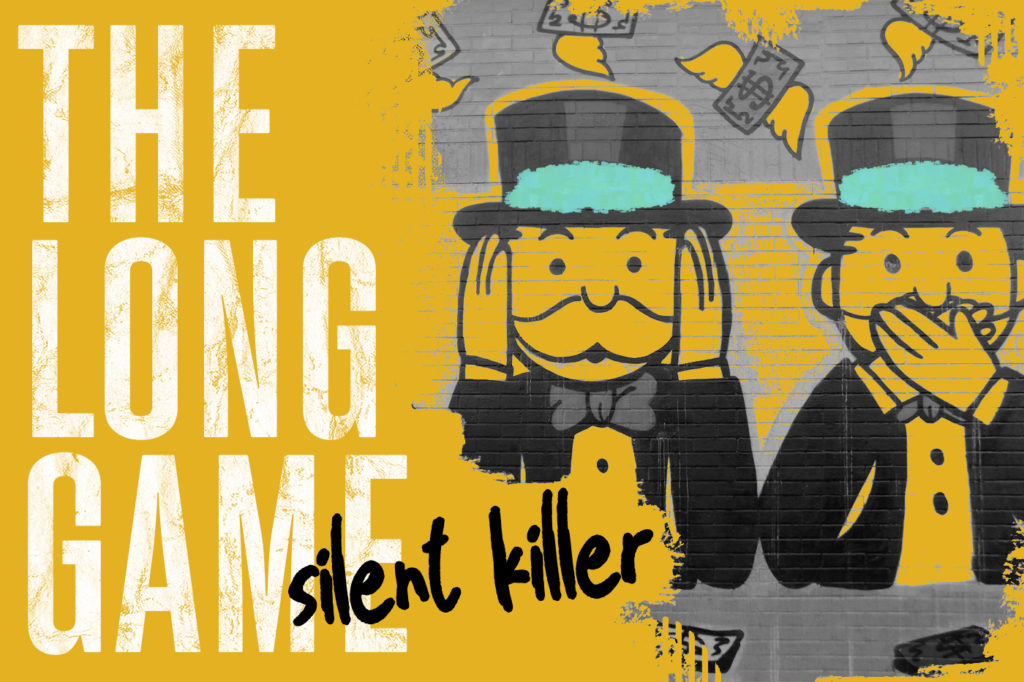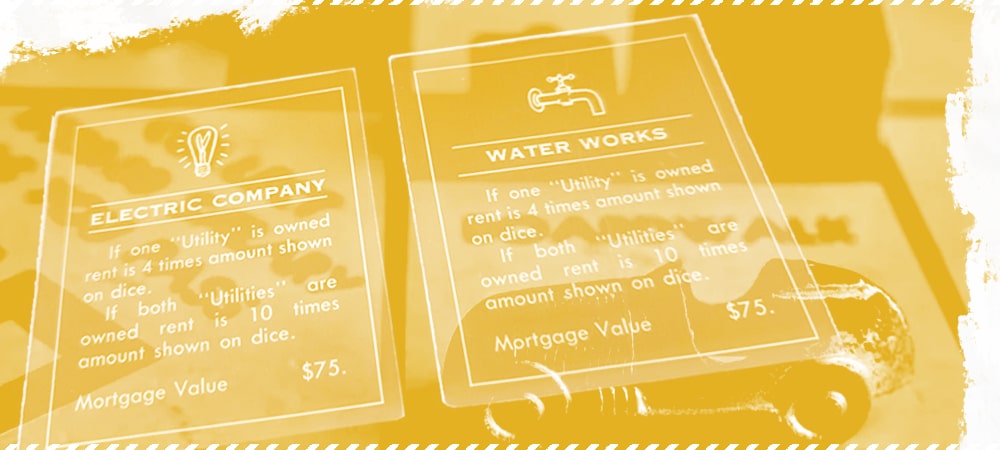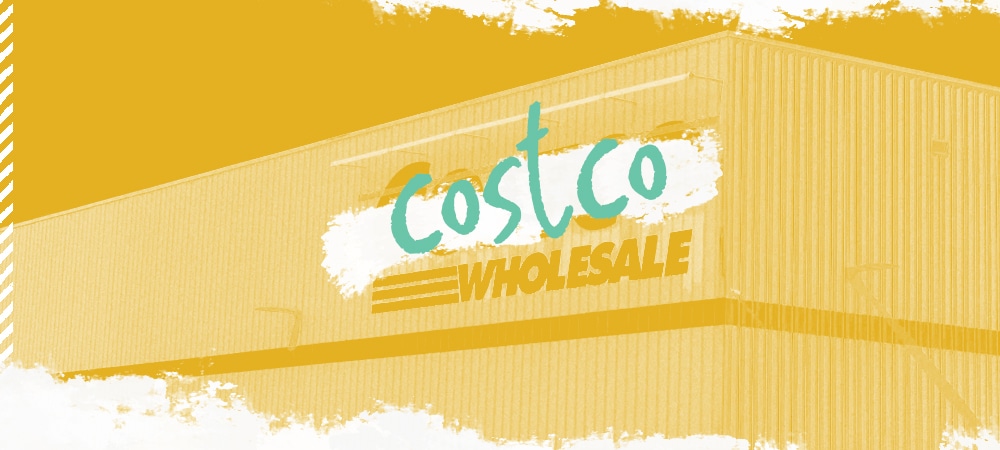
My children went back to school 3 weeks ago.
Kids belong in school. Year-around. No breaks, ever.
Kidding, I sympathize with my kids’ short summer break when compared to what I used to have.
But I’ll take it.
The importance of this information is paramount because back in May I moved my office into my house.
The physical office no longer made sense for the virtual company we are building. To add to the absurdity, I was driving 20 minutes each way, only to sit in an office by myself for 8 hours.
It was time.
About a month into my new work digs, my wife looked at me and said, “Nice timing Einstein, I can’t believe you gave up your quiet sanctuary, for this house of horrors.”
And she was right.
But sometimes you have to make sacrifices, like my oh-so-quiet-you-could-hear-a-pin-drop oasis, for the greater good.
Yea, It no longer made sense for the virtual company we are building.
Operations means a lot of different things to a brewery. For some it means production and for others it is scheduling and supply chain.
I would like to take operations, as we know it, and flip it on its head for a minute. See, for a decade now, I have been squarely focused on opportunities to increase revenue at your brewery. Increasing revenue is far easier than reducing expenses. Where do you cut expenses in manufacturing? You must have the supplies, labor and other items to make the product to sell. Automation, outsourcing, or other cost cutting is not conducive to producing the product.
Also, for the past two years cash has not been a problem for most breweries. As a matter of fact, the pandemic left most of you in a stronger cash position than ever. However, the decline in sales is eroding the cash faster than ever.
So, if we are not talking about revenue today, what are we talking about?
Expenses!
Kinda boring if you ask me, but there is one category which is wreaking havoc on the bottom line of breweries. It actually can be compared to a cancer which is killing your business from the inside.

Occupancy
The #1 silent killer at your brewery.
So many potholes can be traced back to this category.
SBS defines occupancy as Rent and Utilities. I want to focus on rent for today. Breweries are currently leasing more space than they need. Whether you have always had the same footprint or you took on more space during the pandemic, the imbalance of revenue to rent expense is real. The excess real estate has far reaching consequences which you will see in a minute.
Our benchmark for occupancy is 9%-12% of total revenue.
Long Game players do not wander over 12% of revenue. Long Game players also generate greater than $30 per square foot in the taproom.
Let’s examine two specific areas where Rent may be indirectly hurting your bottom line.
1. Inventory
I call it the Costco effect. There is a weird satisfaction of purchasing 24 giant rolls of paper towels. Only the satisfaction turns to panic once you pull into the driveway and have to figure out where the hell you are going to store all of it.
Inventory purchasing is one of these areas because one would think with some sort of comparable Costco size order, there would be a substantial discount.

There isn’t.
I actually think it is the inverse for craft breweries. The more you purchase the more costs are involved.
- Cost of capital – everyone talks about this. The more inventory you have the less cash you have available. Basic stuff.
- Rent – each sq ft you have available in the brewery has a price tag. If you are holding more inventory than you need, there is a false sense that you need more space then you actually do.
If we are being honest, craft breweries rarely exceed any discount threshold and the result is cash and real estate are tied up.
Keep it simple. If you are ordering less, the fluctuation in batch cost is minimal compared to the cost of holding it.
Guideposts:
- If you are producing under 10k BBL per year, keep up-to three weeks of inventory on hand.
- If you are producing over 10k BBL per year, keep up-to two months of inventory on hand.
2. Contract Brewing
Recently, you’ve heard me say over and over that contract brewing has a healthy profit margin.
Not the focus of today, even though my recent travels have uncovered a wide range of contract pricing and most are missing the mark.
The benefit of contract brewing that I want to focus on today is equipment use. Your investment in capital equipment was not a small one. Furthermore the equipment is designed for continuous use.
Tanks full.
It’s comparable to a car or boat engine. They are designed to be used continuously. If this is not the case they begin to break down and introduce a whole slew of new maintenance issues.
If you have excess capacity, you have, yet again, an occupancy problem. The tanks are taking up real estate that you are paying for, and not using.
Consider contract brewing to fill the tanks and lower your overall carry cost of the equipment and occupancy.
These are two examples of how occupancy is adversely affecting your bottom line.
What to do about it?
You really only have two options:
- Sublease space – this would be for the space you do not need. You could attract a complimentary business or offer dry storage for other breweries.
- Give space back – if you are approaching your lease renewal, it would be a good idea to consider shrinking your total available space.
Long Game players are focusing on how to maximize the smallest footprint possible.
-cf